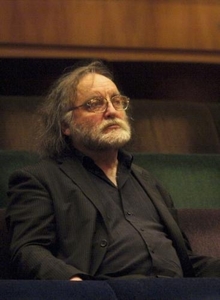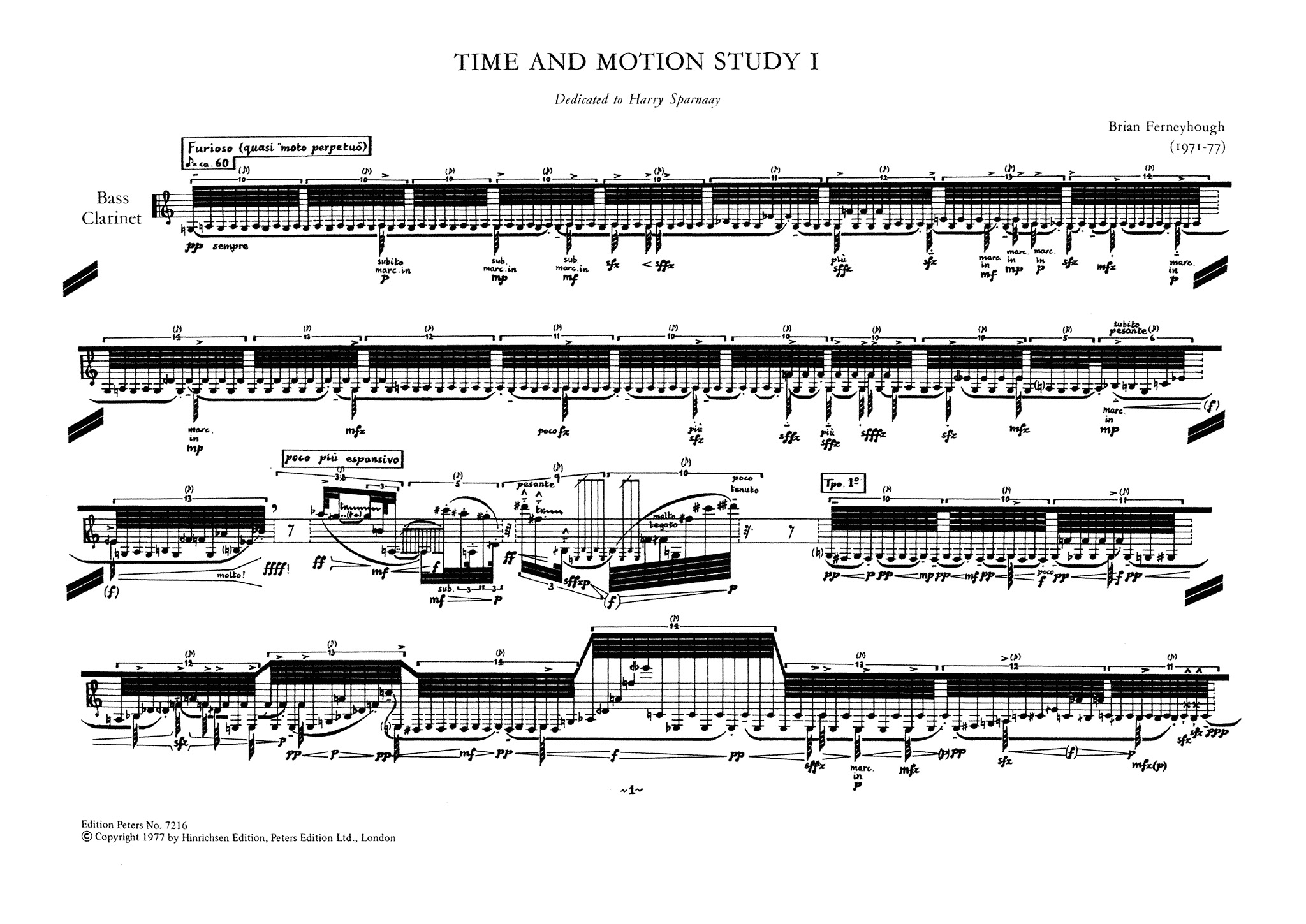What's Experimental about New Complexity?
Perhaps the leading “guru” of the New Complexity school is Brian Ferneyhough. Ferneyhough was born in 1943 in England and taught at various institutions in the United States until landing at Stanford University, where he is now Professor Emeritus. There exists an enormous amount of discussion around Ferneyhough’s intense intellectualism: he has been called a “peculiarly mystifying verbalizer” with a “fearsome theoretical background.”

If we can see past this haze of fearful and superficial responses to his work, we can begin to understand the ways in which New Complexity is fundamentally committed to exploring, in a deeply experimental way, the relationship between the musical score, the musical performance, and the cognitive experience of music. According to James Boros, New Complexity grew as a reaction against the “new simplicity,” with “composers and performers who, having peeked over the fence surrounding this dungheap, have determined that shoveling shit is not to be their fate.”

According to the American musicologist Richard Taruskin, the complexity of the work of composers like Ferneyhough and others represents an effort to find “notations for virtually impalpable microtones, ever-changing rhythmic divisions and tiny gradations of timbre and loudness in an effort to realize their ideal of infinite musical evolution under infinitely fine control and presented with infinite precision, with absolutely no concession to ‘cognitive constraints’.” Moreover, we can see that New Complexity arose as a way to resist a contemporary simplification of compositional practice, while simultaneously pushing the envelope of music to an extreme.
__
(1) Duncan, S. (2015, April 30). The concept of new complexity: Notation, interpretation and analysis [Cornell University]. Retrieved March 4, 2022, from
https://www.academia.edu/7151765/The_Concept_of_New_Complexity_Notation_Interpretation_and_Analysis_Cornell_University_